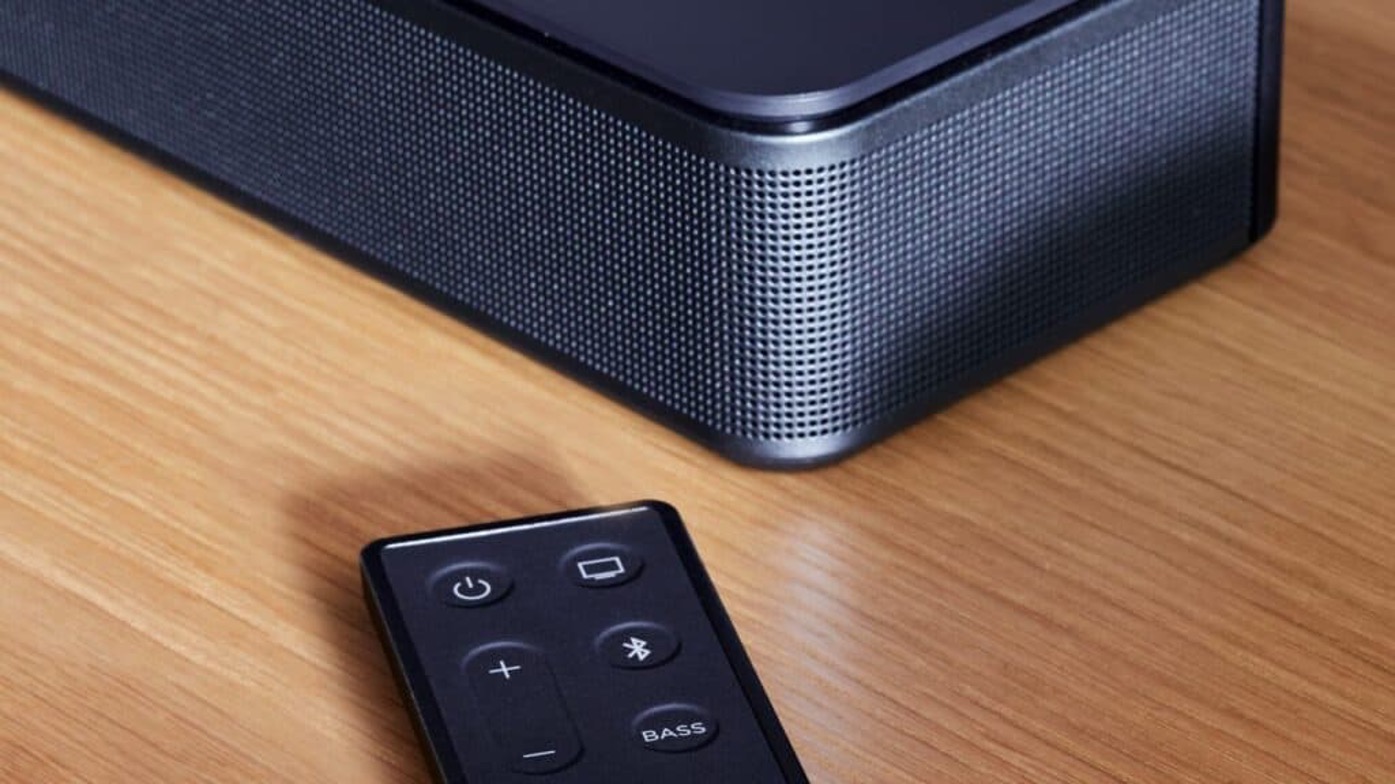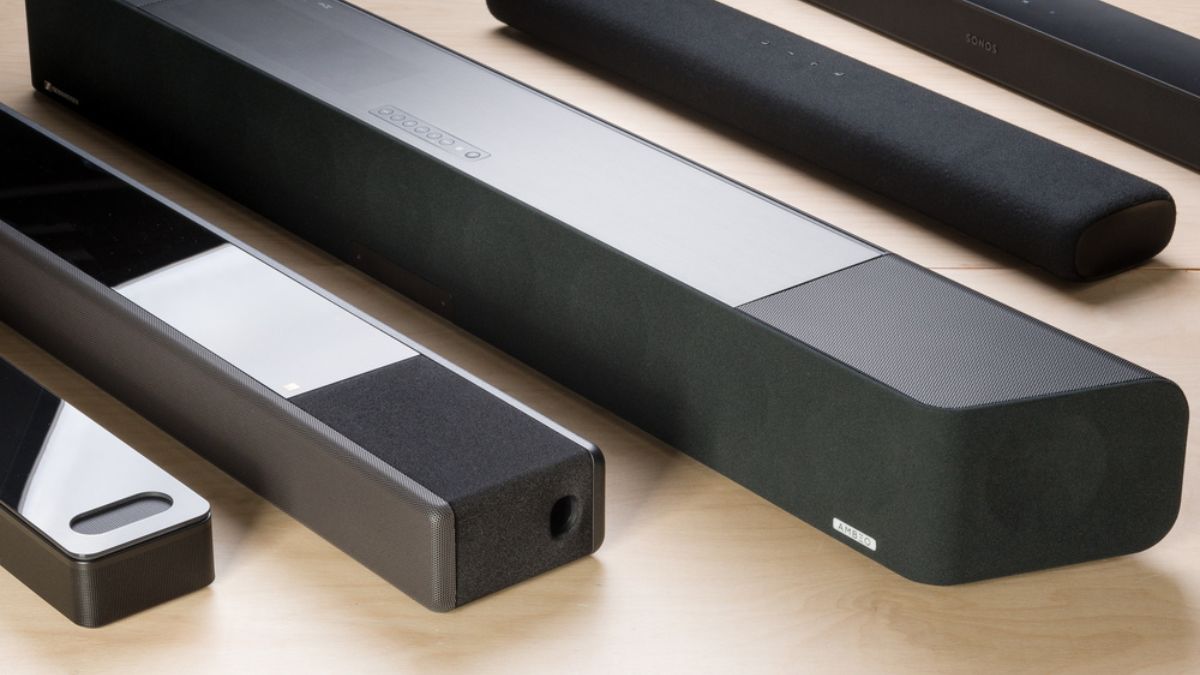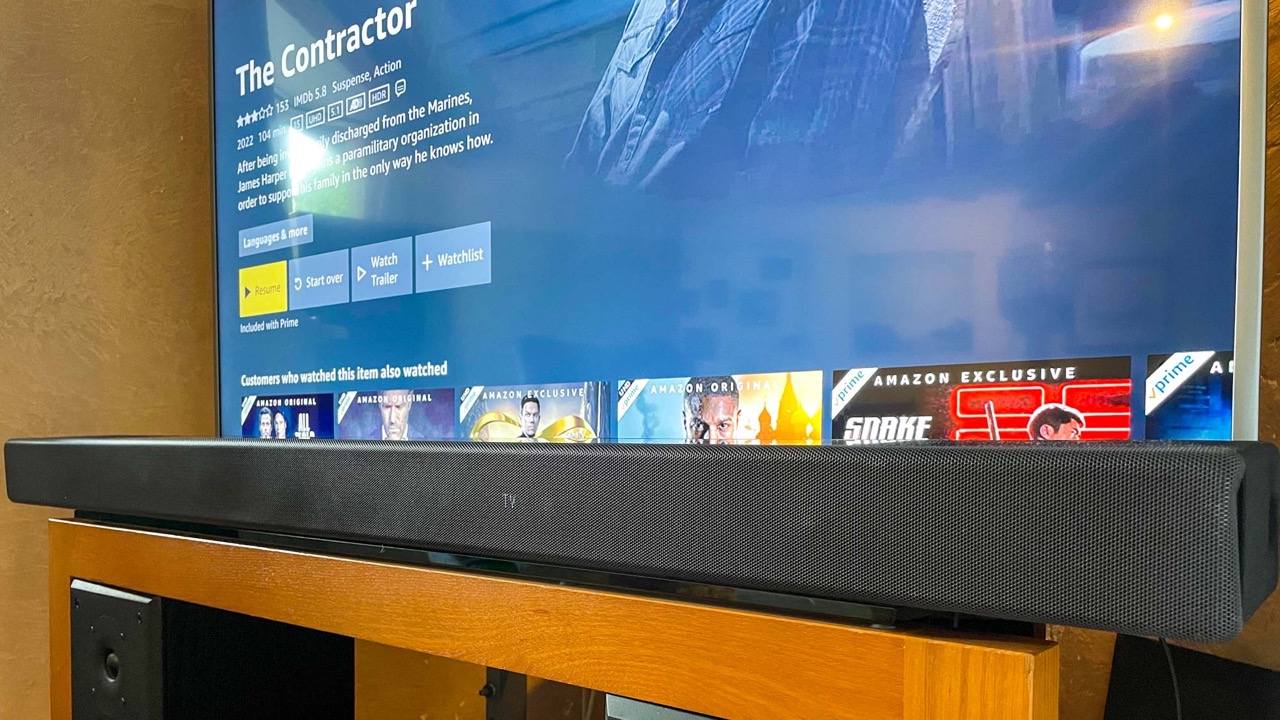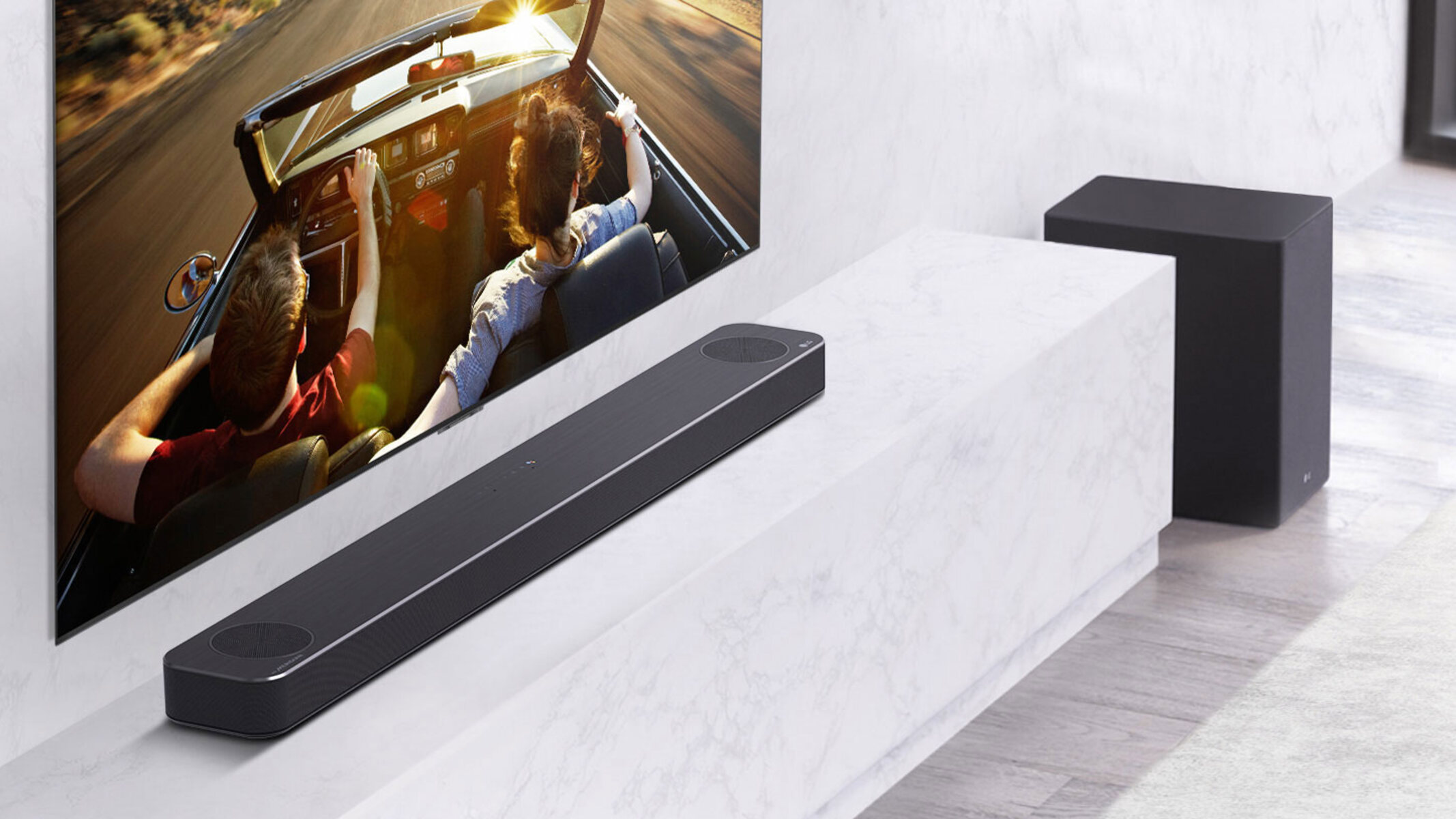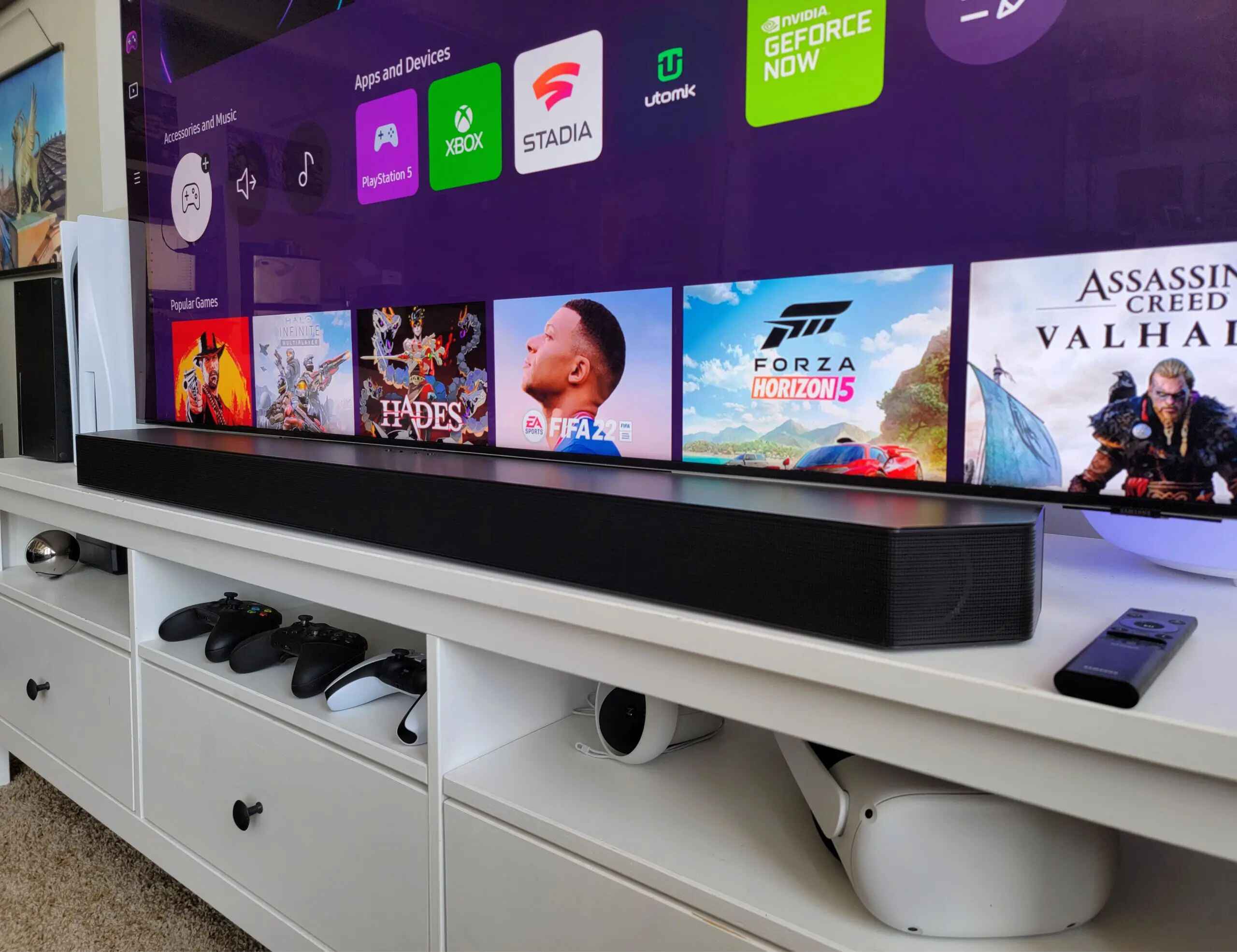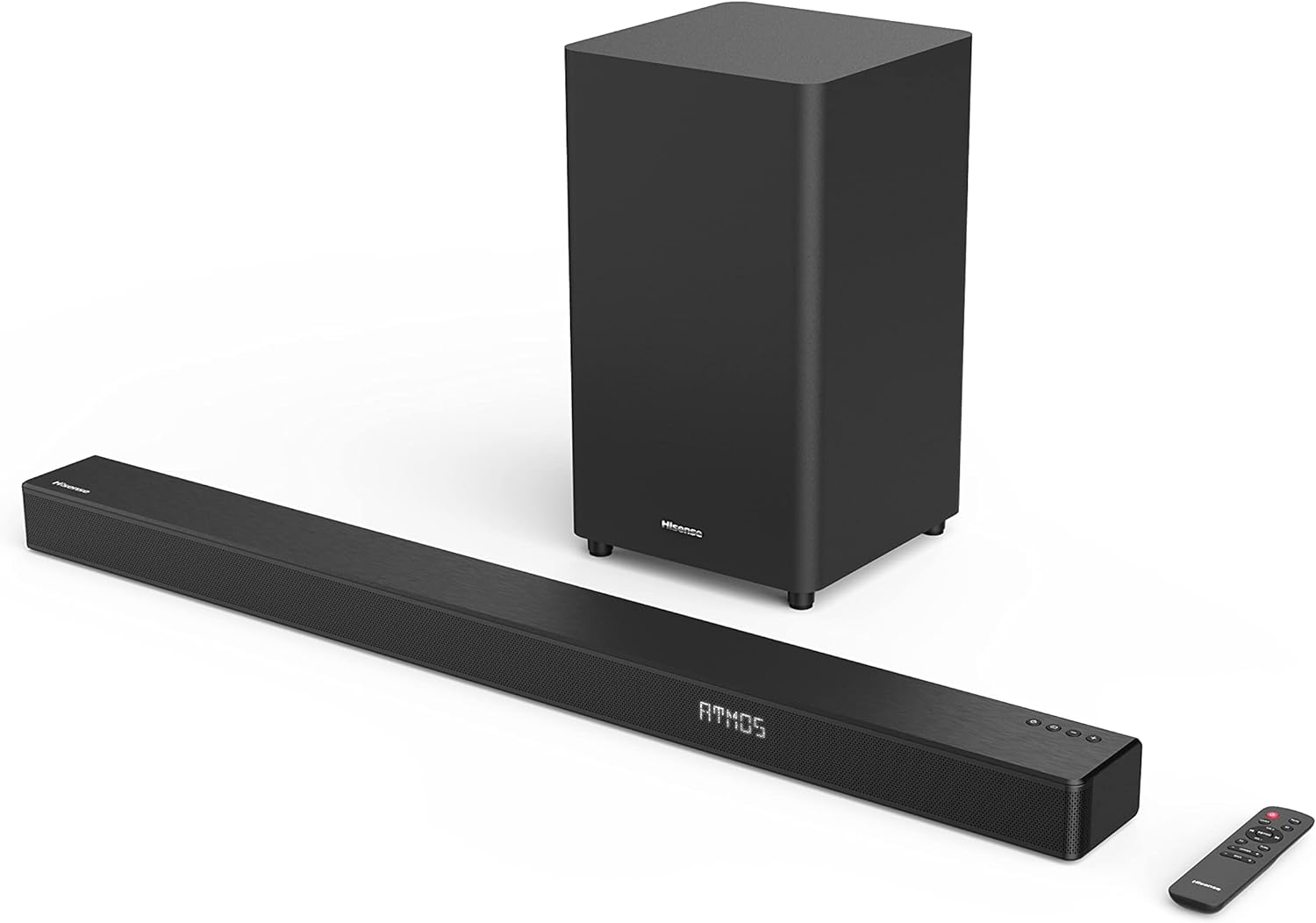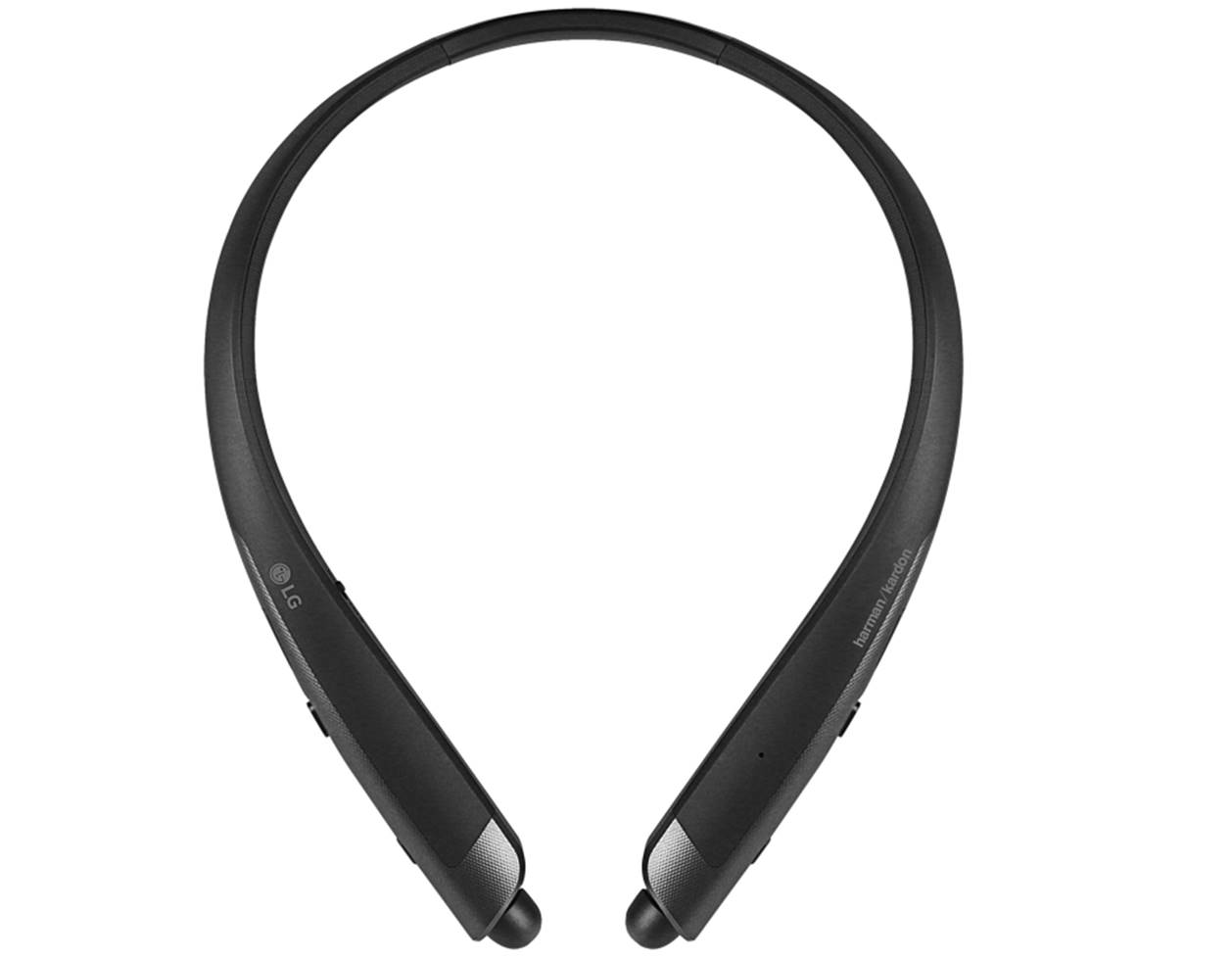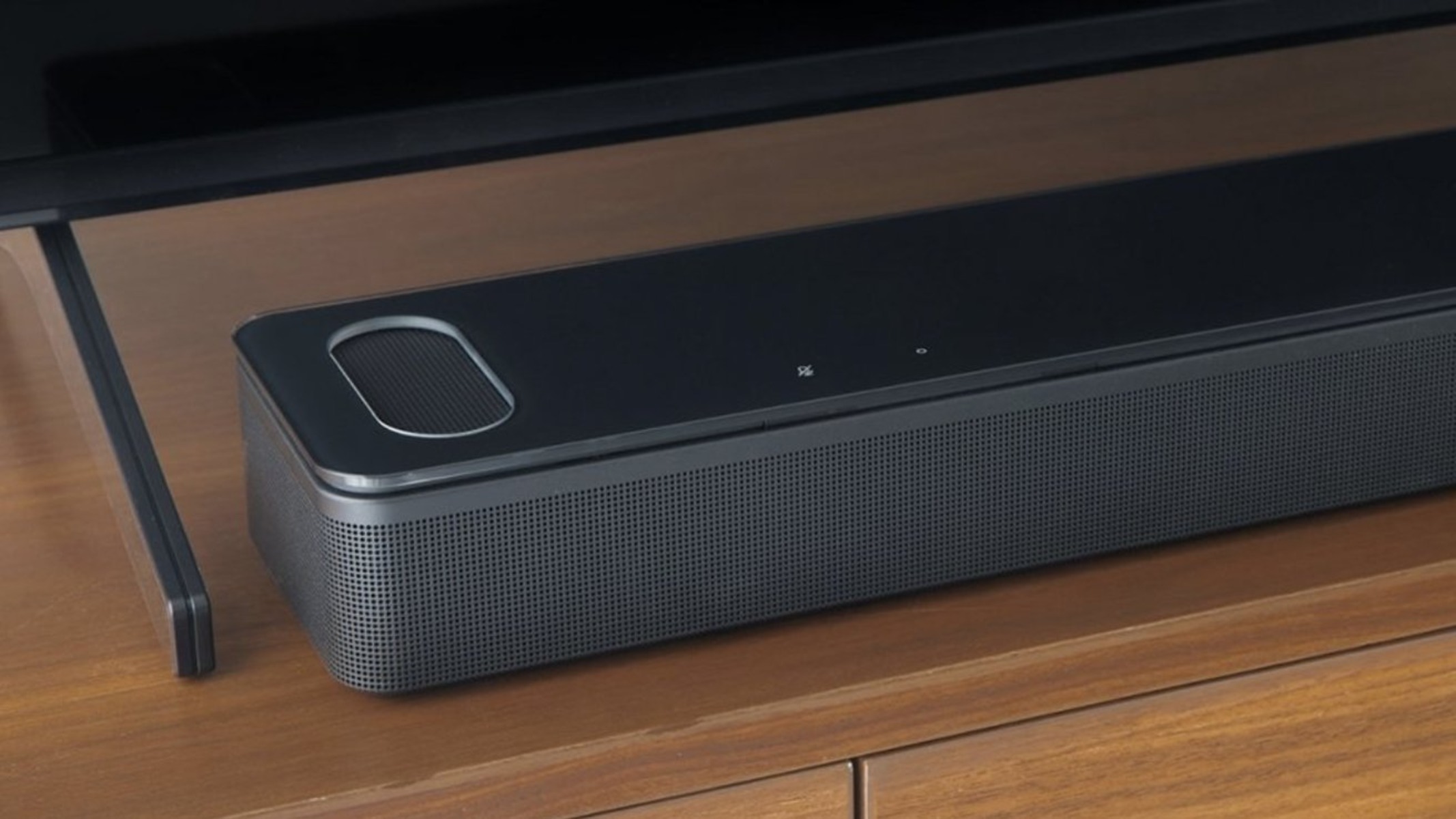Introduction
Welcome to our guide on how to connect your Bose Soundbar to an LG TV. If you’ve recently purchased a Bose Soundbar and are looking to enjoy an immersive audio experience while watching your favorite shows and movies, you’ve come to the right place. By connecting your soundbar to your LG TV, you can enhance the sound quality and take your entertainment to the next level.
Setting up the connection between the soundbar and the TV may seem daunting at first, especially if you’re not well-versed in technical matters. However, with the right equipment and step-by-step instructions, you’ll be able to make the connection effortlessly. In this guide, we’ll walk you through the process, ensuring that you have a seamless and enjoyable experience.
Before we dive into the steps, it’s essential to note that compatibility plays a crucial role in establishing a successful connection. Not all Bose Soundbars may be compatible with every LG TV model, so it’s important to check the specifications and requirements of both devices. Additionally, make sure you have the necessary cables and equipment handy to proceed with the setup.
In the following sections, we will go through each step, from checking compatibility to configuring the settings on both the TV and soundbar. By the end of this guide, you’ll be able to enjoy the rich sound quality of your Bose Soundbar seamlessly paired with your LG TV.
Step 1: Check the Compatibility
Before you begin connecting your Bose Soundbar to your LG TV, it’s important to ensure that the two devices are compatible with each other. Not all soundbars are compatible with every TV model, so it’s crucial to check the specifications and requirements of both the soundbar and the TV.
Start by referring to the user manuals or product descriptions of your Bose Soundbar and LG TV. Look for information regarding compatible audio input and output connections, as well as any specific compatibility requirements. Some soundbars may require certain audio codecs or connection types, such as HDMI ARC or optical audio, while others may have wireless connectivity options.
Next, identify the available ports and connections on your LG TV. Look for HDMI ARC (Audio Return Channel) ports, optical audio ports, or any other audio output options. It’s important to note that the HDMI ARC port is commonly used for connecting soundbars and allows for two-way audio and control functionality.
If you’re unsure about the compatibility or need further assistance, consider reaching out to the customer support of both Bose and LG. They can provide you with specific information and guidance to ensure a successful connection between your soundbar and TV.
By carefully checking the compatibility between your Bose Soundbar and LG TV, you can avoid any potential issues during the setup process and ensure that both devices will seamlessly work together to deliver an enhanced audio experience.
Step 2: Gather Necessary Equipment
Now that you’ve confirmed the compatibility between your Bose Soundbar and LG TV, it’s time to gather the necessary equipment to establish the connection. Having the right cables and accessories on hand will ensure a smooth and hassle-free setup process.
Here’s a list of the equipment you’ll need:
- HDMI Cable: Most soundbars require an HDMI connection to the TV for optimal audio quality. Check the user manual of your soundbar and TV to determine the type of HDMI cable needed (e.g., HDMI 1.4, HDMI 2.0, HDMI ARC).
- Power Cable: Ensure you have the power cable for your Bose Soundbar to connect it to a power source.
- Remote Control: Make sure you have the remote control that came with your soundbar. It will be needed to navigate through the settings and adjust the soundbar volume.
- Optional Accessories: Depending on your specific setup and preferences, you may need additional accessories like a digital optical cable or an HDMI ARC adapter. Refer to the user manuals or product descriptions of your soundbar and TV to determine if any optional accessories are necessary.
Once you have gathered all the required equipment, ensure that they are in good working condition. Check for any damages or loose connections, as these can affect the performance of the setup.
By having all the necessary equipment ready and in good condition, you’ll be one step closer to connecting your Bose Soundbar to your LG TV and enjoying immersive audio while watching your favorite content.
Step 3: Connect the HDMI Cable
With the necessary equipment gathered, it’s time to connect the HDMI cable between your Bose Soundbar and LG TV. The HDMI connection will ensure high-quality audio transmission and enable additional features, such as volume control and power synchronization.
Here’s how to connect the HDMI cable:
- Locate the HDMI ARC (Audio Return Channel) port on both your LG TV and Bose Soundbar. This port is specifically designed for audio output and input.
- Plug one end of the HDMI cable into the HDMI ARC port on your LG TV.
- Connect the other end of the HDMI cable to the HDMI ARC port on your Bose Soundbar.
Ensure that the HDMI cable is securely plugged into both devices. A loose connection may result in audio interruptions or no sound at all.
It’s worth mentioning that if your LG TV doesn’t have an HDMI ARC port, you can use an optical audio cable as an alternative. In this case, simply connect one end of the optical audio cable to the TV’s optical audio output port and the other end to the corresponding port on your Bose Soundbar.
Once the HDMI cable is connected, you have successfully established the audio connection between your Bose Soundbar and LG TV. Moving on to the next steps, we’ll configure the settings on both devices to ensure proper audio playback and functionality.
Step 4: Configure TV Settings
After connecting the HDMI cable between your Bose Soundbar and LG TV, the next step is to configure the TV settings to ensure proper audio output and functionality.
Follow these steps to configure the TV settings:
- Turn on your LG TV and navigate to the settings menu using your TV remote control.
- Look for the ‘Audio’ or ‘Sound’ settings option and select it.
- Within the audio settings, locate the ‘Speaker’ or ‘Sound Output’ option and choose ‘External Speaker’ or ‘Soundbar’.
- If applicable, select the HDMI ARC or optical audio option as the audio output source.
- Adjust the volume settings according to your preference. It’s recommended to set the TV volume to a moderate level and control the volume through the soundbar for optimal performance.
By configuring the TV settings to output the audio through the external speaker (soundbar), you ensure that the soundbar will receive the audio signal from the TV.
Note that the exact steps and menu options may vary depending on your LG TV model. Refer to the user manual or online resources for specific instructions tailored to your TV.
Once you have completed the TV settings configuration, you’re ready to move on to the next step and configure the settings on your Bose Soundbar to finalize the connection with your LG TV.
Step 5: Connect the Soundbar to Power
Now that you have connected the HDMI cable and configured the settings on your LG TV, it’s time to connect your Bose Soundbar to a power source.
Follow these steps to connect the soundbar to power:
- Locate the power port on your Bose Soundbar. It is usually located at the back of the soundbar.
- Connect one end of the power cable to the power port on the soundbar.
- Plug the other end of the power cable into a nearby power outlet. Ensure that the outlet is easily accessible and has a stable power supply.
- Turn on the soundbar using the power button or the remote control.
When connecting the power cable, make sure it is inserted securely and that there are no loose connections. An unstable power connection can result in soundbar malfunctions or intermittent sound.
Once the soundbar is connected to power and turned on, you should see indicator lights or a display on the soundbar, indicating that it is receiving power.
It’s worth noting that some soundbars may come with a separate subwoofer or additional speakers. If this applies to your Bose Soundbar model, ensure that the additional speakers or subwoofer are also connected to power following the manufacturer’s instructions.
With the soundbar now connected to power, you’re one step closer to enjoying the enhanced audio experience on your LG TV. Proceed to the next step to configure the soundbar settings and ensure optimal sound quality.
Step 6: Configure Soundbar Settings
After connecting your soundbar to power, it’s time to configure the settings on the Bose Soundbar to optimize the audio output and tailor it to your preferences. These settings will help you achieve the best sound quality and ensure an immersive listening experience.
Follow these steps to configure the soundbar settings:
- Use the soundbar remote control or the physical buttons on the soundbar to access the settings menu.
- Explore the sound settings options, which may include options like equalizer presets, surround sound modes, dialogue enhancement, and more.
- Adjust the settings based on your preferences. Experiment with different presets and modes to find the audio profile that suits your taste and enhances your viewing experience.
- If applicable, adjust the bass and treble levels to your liking. This will allow you to fine-tune the audio output and achieve the desired balance.
- Explore any additional features or settings available on your specific Bose Soundbar model, such as Bluetooth pairing, Wi-Fi connectivity, or voice control options.
It’s important to note that the available settings and options may vary depending on your Bose Soundbar model. Consult the user manual or online resources provided by Bose for specific instructions tailored to your soundbar model.
Take your time to experiment with different settings and modes to find the configuration that best suits your audio preferences. Remember that these settings can be adjusted at any time, allowing you to adapt the sound output to various types of content or personal preferences.
Once you have configured the soundbar settings according to your preferences, you’re ready to move on to the final step and test the connection between the soundbar and your LG TV.
Step 7: Test the Connection
Now that you have connected and configured both your Bose Soundbar and LG TV, it’s time to test the connection to ensure everything is working correctly. Performing a quick test will help you confirm that the audio is being transmitted from the TV to the soundbar and that the soundbar is producing the desired output.
Follow these steps to test the connection:
- Turn on your LG TV and select a show, movie, or any other content with audio.
- Adjust the volume on your soundbar to a moderate level to avoid any sudden and overwhelming sound.
- Play the selected content and listen for the audio output from the soundbar. You should hear clear and immersive sound coming from your soundbar.
- Pay attention to any sync issues between the audio and video. If you notice any delays or mismatches, you may need to adjust the soundbar settings or consult the user manual for troubleshooting.
- Test the different sound modes and settings on your soundbar to find the audio profile that best suits the content you are watching.
During the testing phase, it’s also a good idea to ensure that the remote control for your soundbar is functioning properly. Test the volume control, power button, and any other relevant functions to make sure they’re working as intended.
If you encounter any issues or inconsistencies during the testing phase, refer to the user manuals or reach out to the customer support for both your Bose Soundbar and LG TV. They will be able to provide troubleshooting guidance or address any concerns you have.
Once you have confirmed that the connection is working properly and the soundbar is producing the desired audio output, you can sit back, relax, and enjoy an immersive sound experience while watching your favorite shows and movies.
Conclusion
Congratulations! You’ve successfully connected your Bose Soundbar to your LG TV and optimized the audio settings for an enhanced entertainment experience. By following the step-by-step instructions outlined in this guide, you’ve ensured that the soundbar and TV are working seamlessly together to deliver immersive and high-quality sound.
Throughout this process, you have checked the compatibility between the devices, gathered the necessary equipment, connected the HDMI cable, configured the TV settings, connected the soundbar to power, configured the soundbar settings, and tested the connection. Each step was crucial in establishing a seamless connection and ensuring optimal sound performance.
Now that your Bose Soundbar is connected to your LG TV, you can enjoy a more immersive audio experience that enhances your favorite movies, TV shows, sports events, and more. The soundbar’s premium audio technology will bring out every detail of sound, adding depth and clarity to your viewing experience.
If you ever need to make adjustments to the settings or encounter any issues, refer to the user manuals provided with your soundbar and TV. Additionally, the customer support teams of both Bose and LG are available to assist you with any questions or troubleshooting needs you may have.
Thank you for using this guide to connect your Bose Soundbar to your LG TV. We hope you enjoy the outstanding audio quality and immerse yourself in a new level of entertainment. Sit back, relax, and indulge in an audio experience that complements the visual beauty of your LG TV.







